Bill payment machines offer a range of applications and benefits, making them valuable in various settings. Applications include providing self-service options for paying utility bills, rent, loans, and other recurring expenses. These machines are commonly found in public places such as shopping malls, transportation hubs, and government offices, where they facilitate easy and quick bill payments. They support multiple payment methods, including cash, credit/debit cards, and mobile payments, catering to diverse user preferences.
Benefits are substantial. Firstly, they enhance customer convenience by offering 24/7 access to bill payment services, reducing the need for long queues and operating hours of traditional payment counters. They improve efficiency by automating the payment process, which reduces the workload on staff and minimizes human errors. The machines also provide real-time transaction processing and immediate receipt printing, which helps in maintaining accurate records and improves financial management. Additionally, bill payment machines contribute to operational cost savings for businesses by reducing labor costs and streamlining payment operations. Overall, these machines offer a reliable, efficient, and user-friendly solution for managing bill payments.


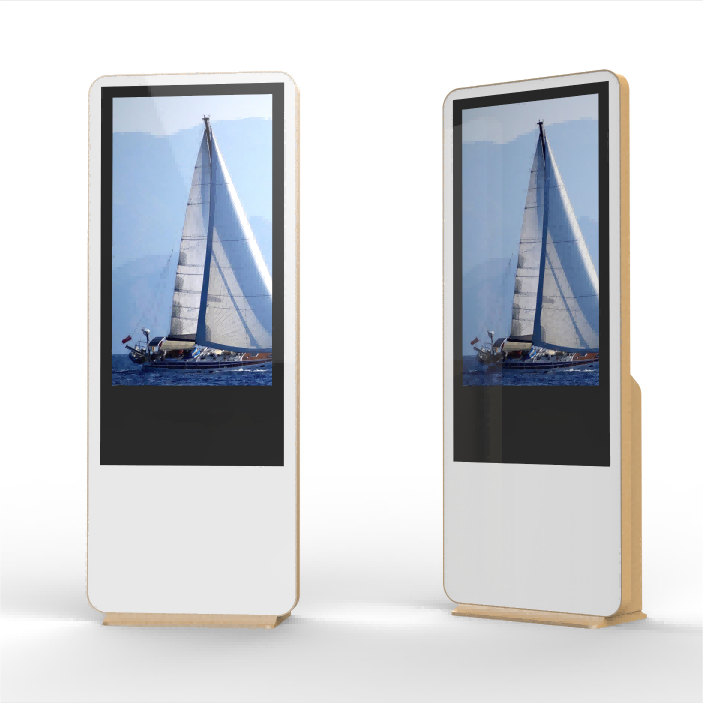
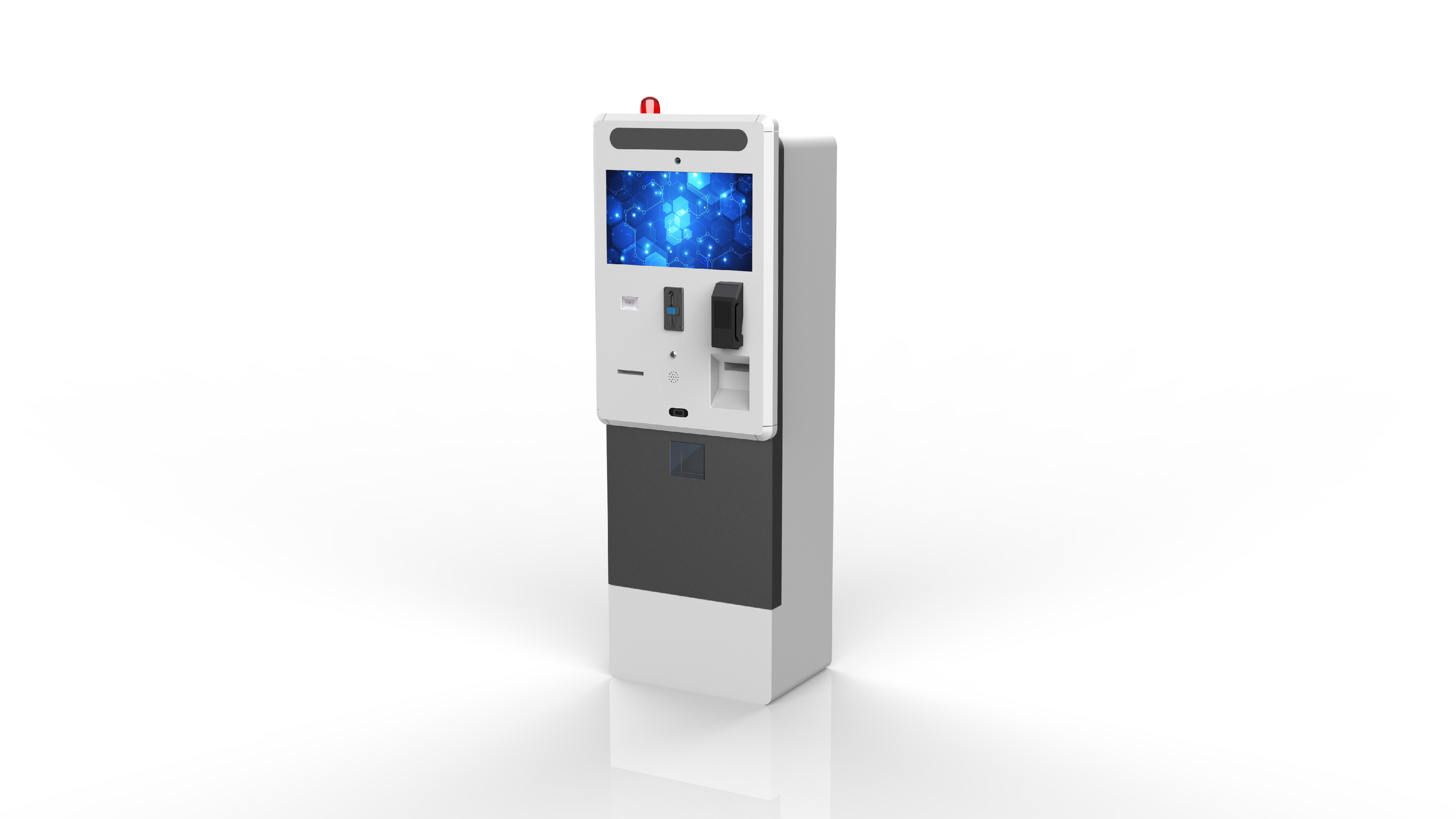
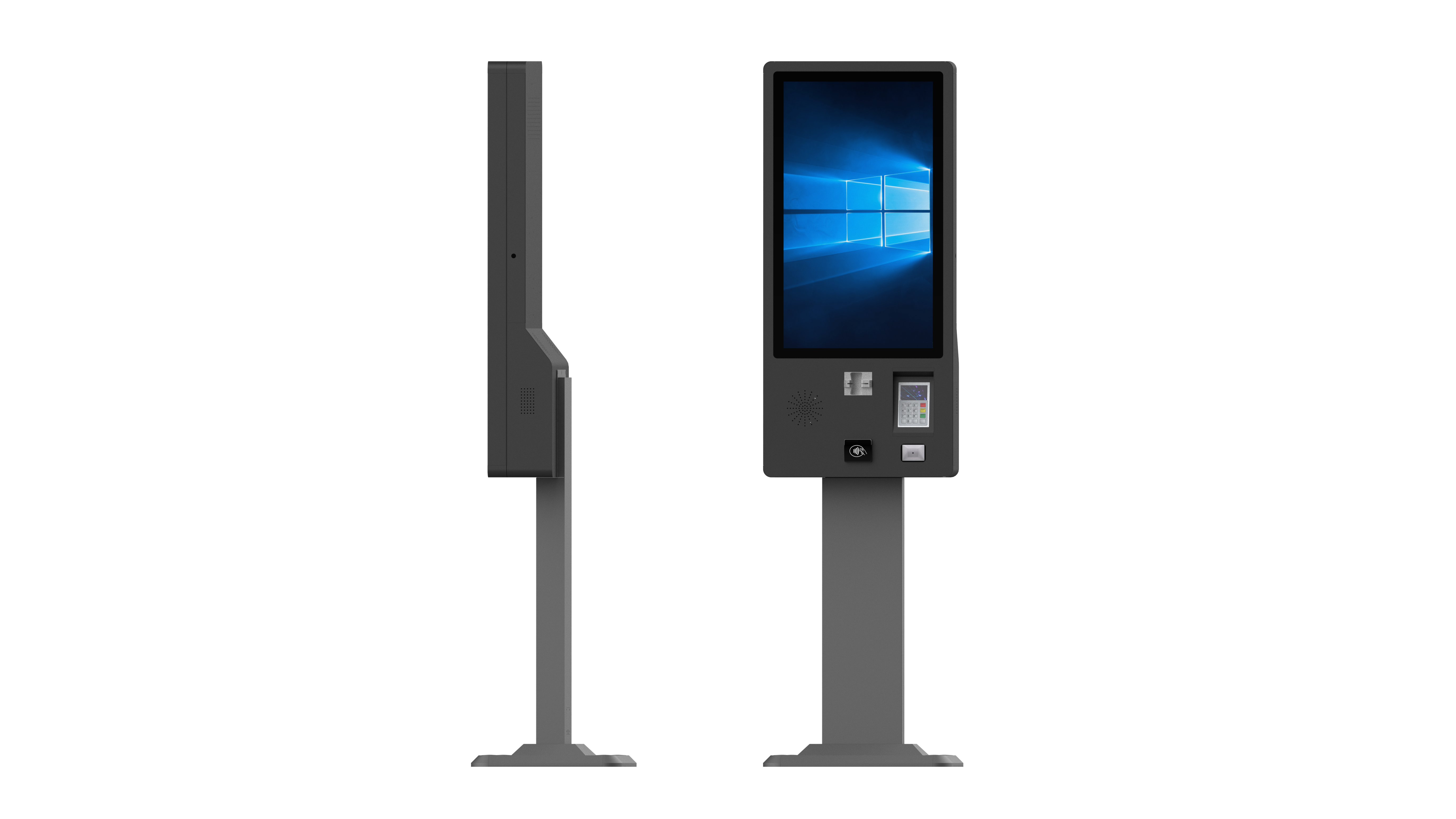
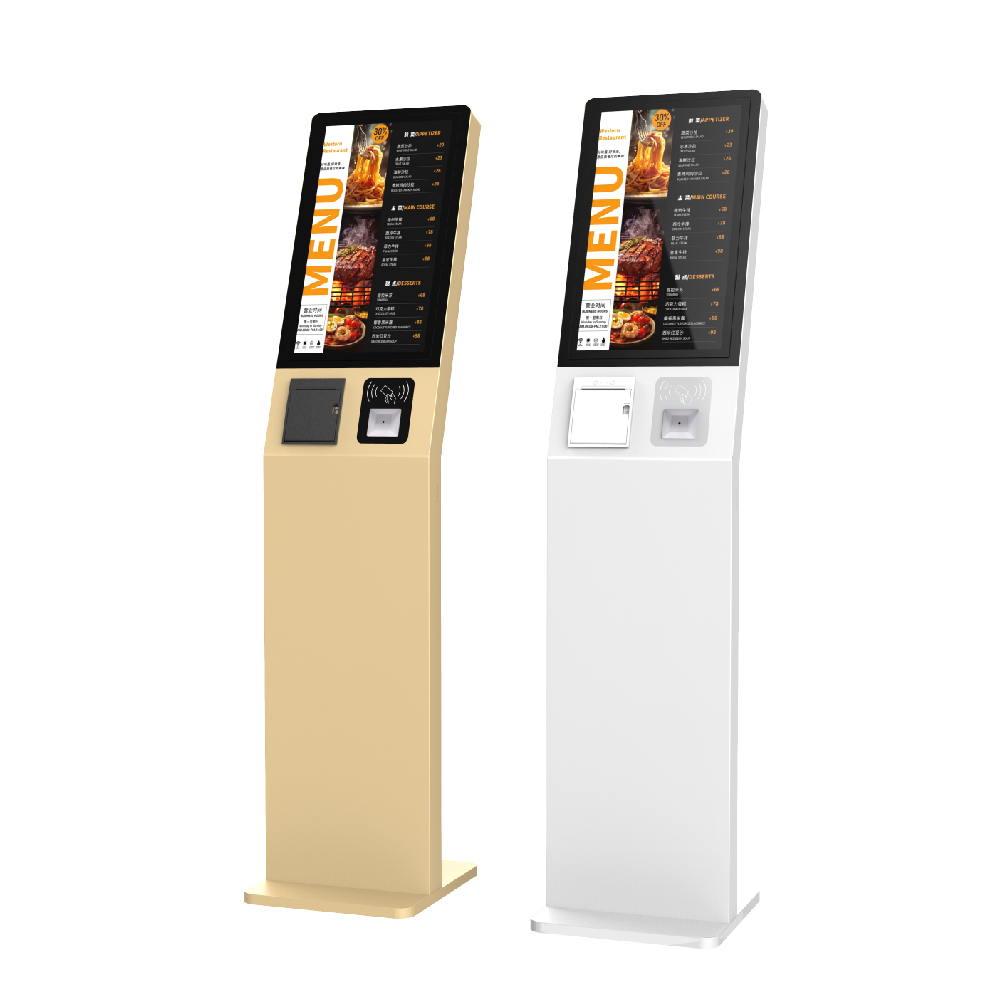
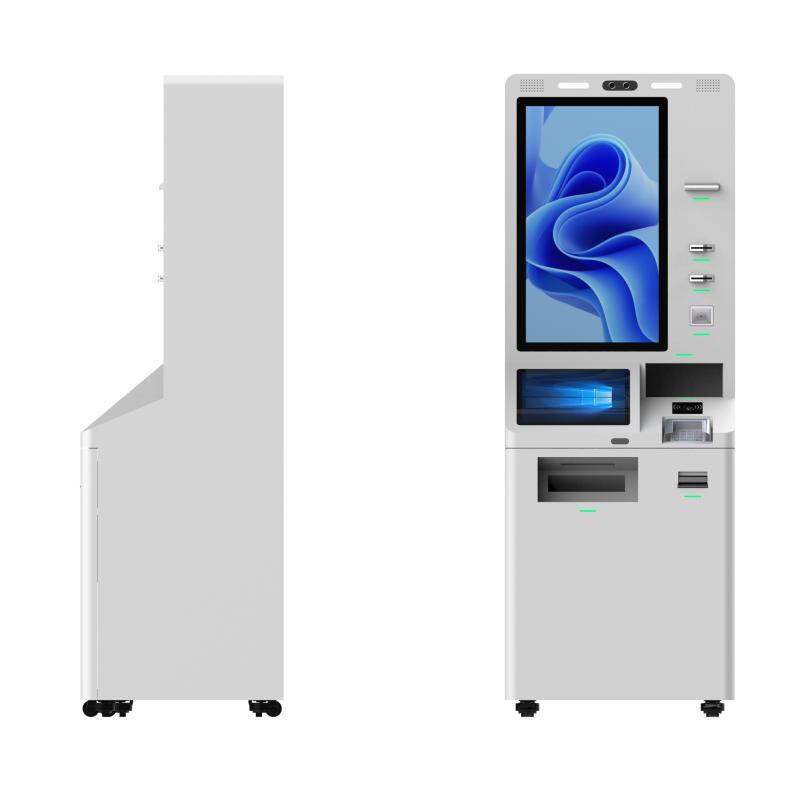
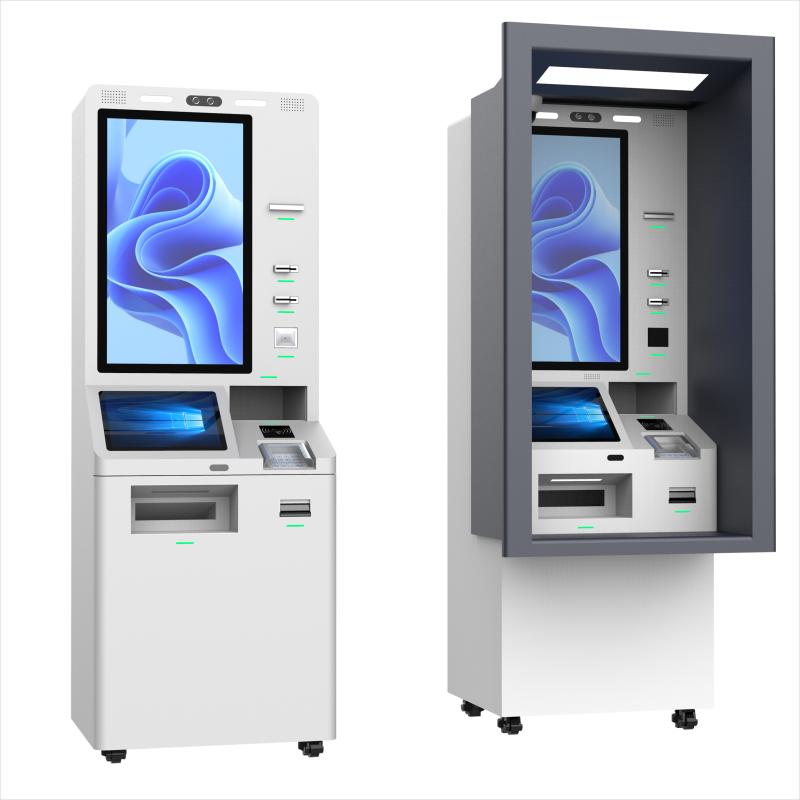
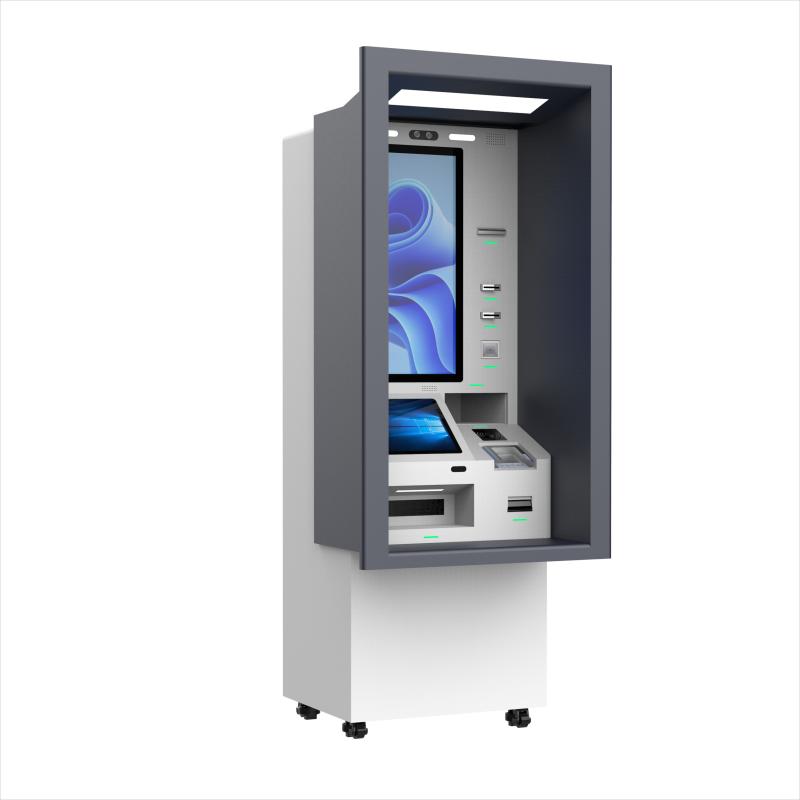

What did our happy clients say?
The bill payment machine we purchased is top-notch! Its high-quality build and reliable performance have streamlined our operations. The after-sales support from the manufacturer has been exceptional. Highly recommend their products!
We are very pleased with our new bill payment machine. The quality is impressive, and the machine performs flawlessly. The manufacturer’s after-sales service has been outstanding, making this a great investment for our business!
This bill payment machine has exceeded our expectations. It’s robust, efficient, and user-friendly. The manufacturer's customer service has been excellent throughout the process. We highly recommend their products and services!
The bill payment machine is fantastic! It’s well-built and operates smoothly. We’ve had excellent support from the manufacturer, who has been responsive and helpful. We strongly recommend their high-quality machines and service!